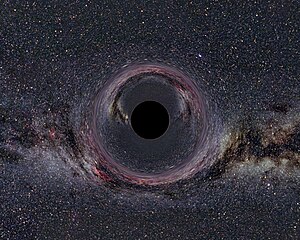
Petroleum use is rife with environmental and security issues, and first-generation biofuels fall well short of carbon neutrality. Moreover, as global food crops literally lose ground to biofuel production, mounting scarcity is driving up food prices, increasing global hunger and political instability.
But what if we could have our rice and burn it, too? What if we could derive energy from crops without killing them, or generate power using plants and land not needed for food, all through the power of microbes?



